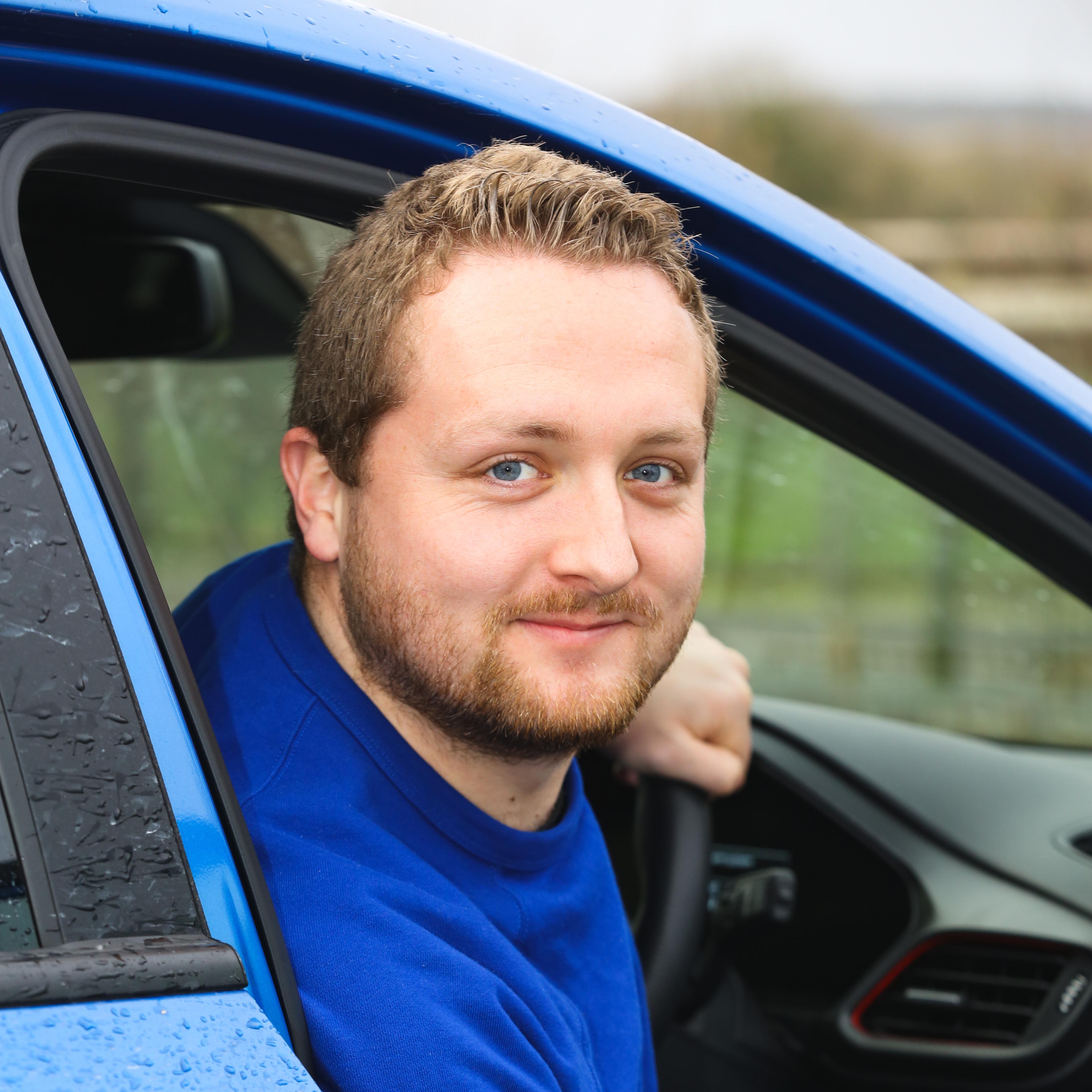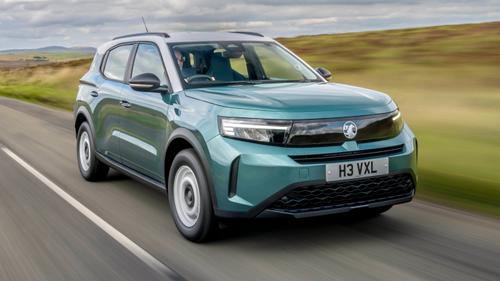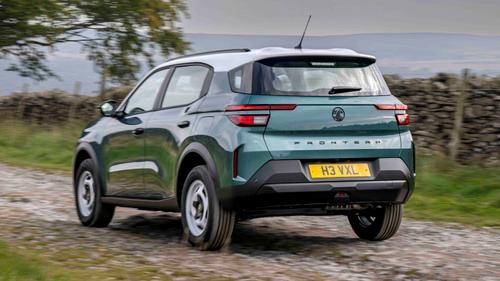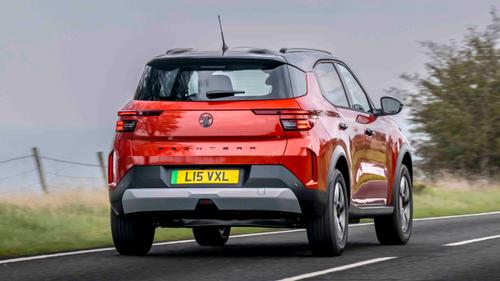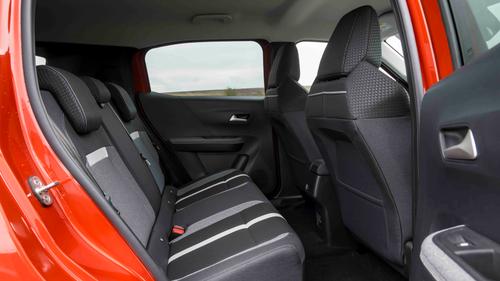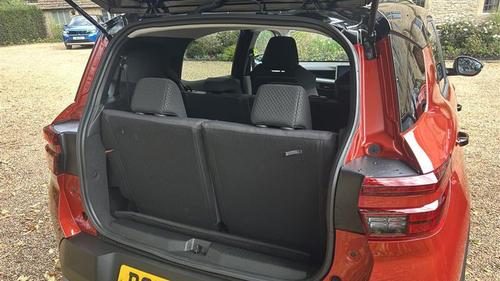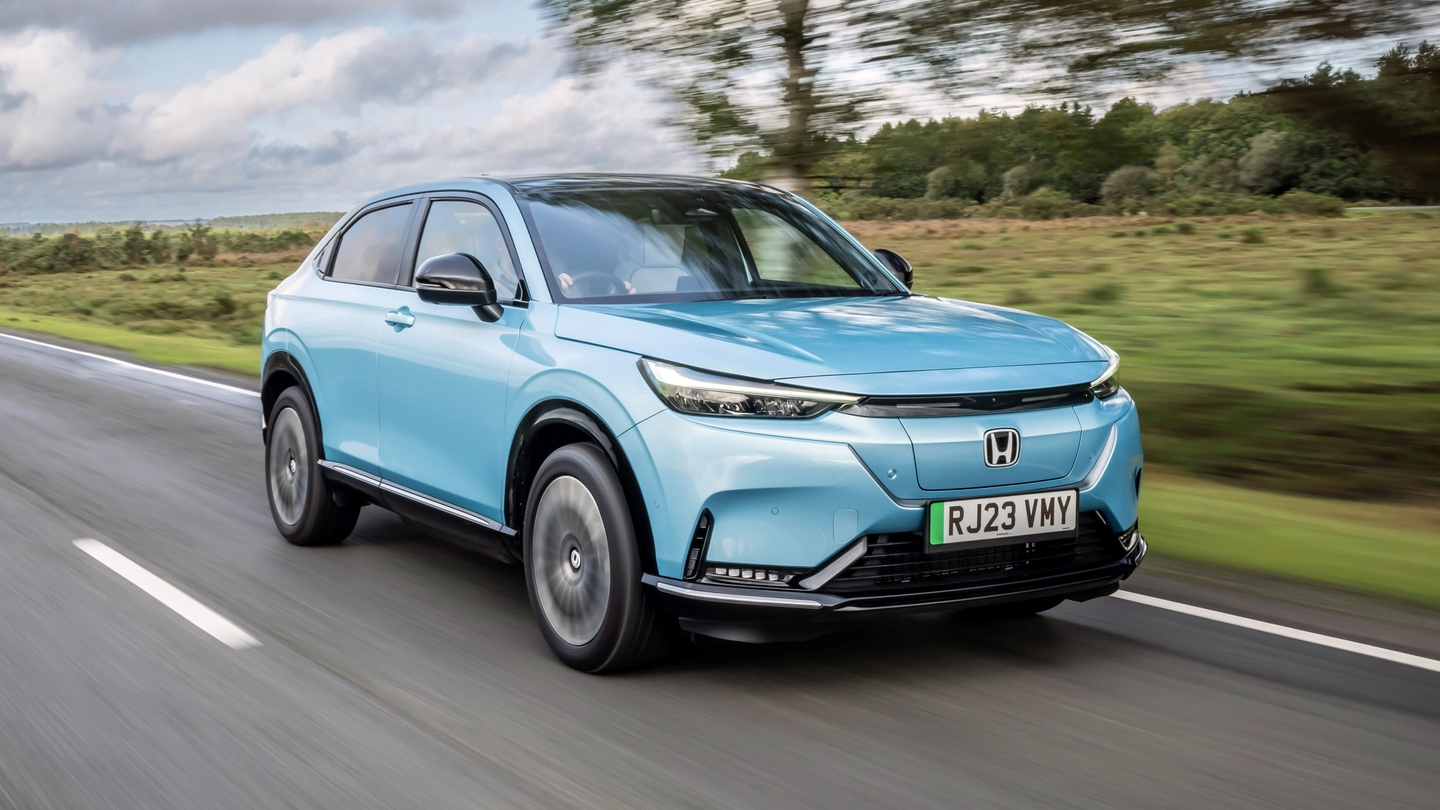













Vauxhall Frontera Review
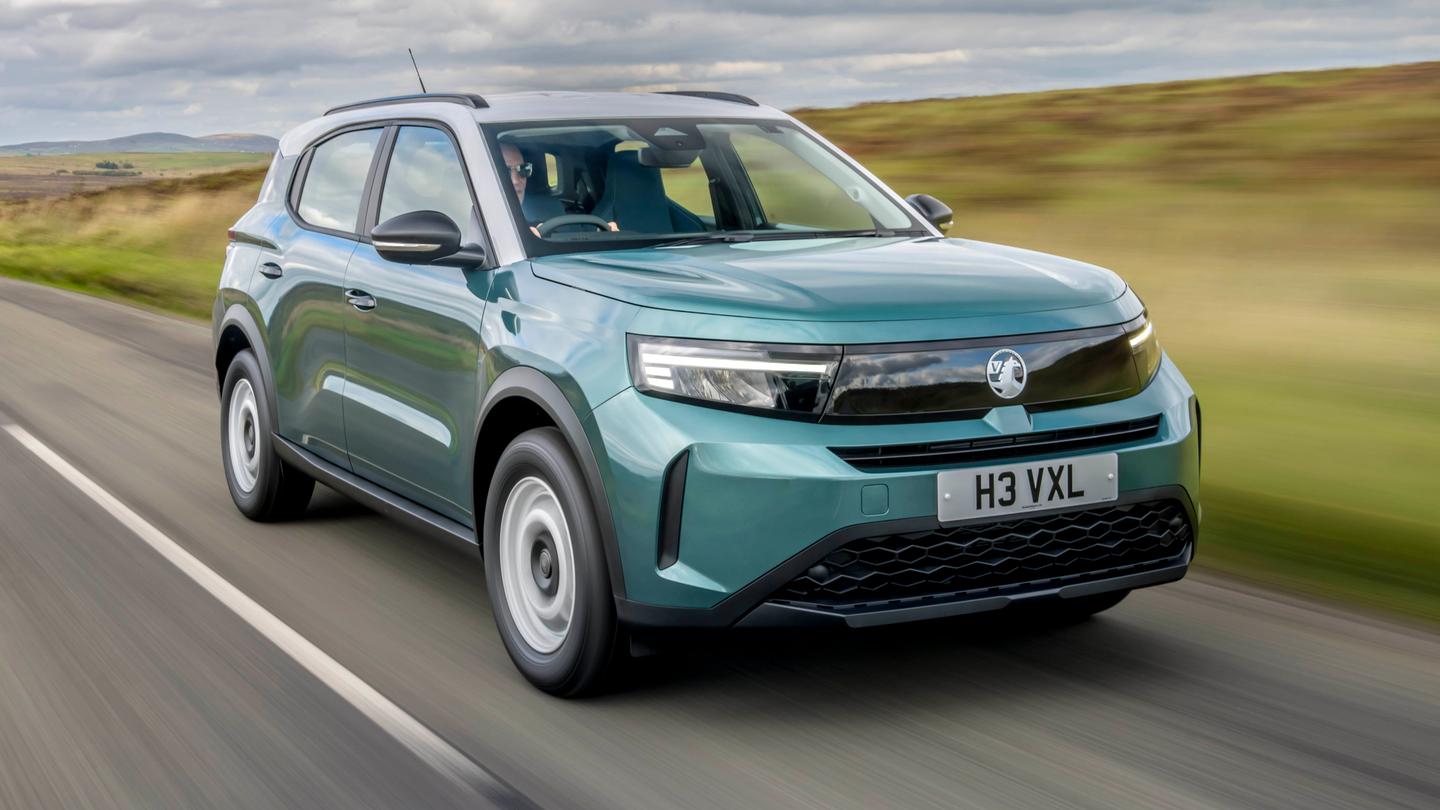
The new Vauxhall Frontera is a much better car than the Crossland it replaces.
You’ll have spotted that it’s bigger than the Crossland, but it’s also more efficient and much better value, too. In fact, it’s cheaper to buy the electric version of the Frontera than the petrol one!
- Five-seat version is very spacious
- Refreshingly simple to use
- Top value for money
- Disappointing build quality
- Disconnected steering feel
- Compromised seven-seat version
Should I buy a Vauxhall Frontera?
It’s a little brave to bring back the Frontera badge. Anyone over a certain age will remember the original Vauxhall Frontera from the 1990s, but you’re unlikely to hear many positives said about it.
Thankfully, the new one has plenty to like about it. Vauxhall has been laser-focused on providing value and space, stripping back to necessary features and removing annoyances. There are Dacia vibes to it – a no-nonsense charm that’s worked wonders for the Romanian brand.
"We like the petrol engine’s buzzy, throaty sound. It sounds enthusiastic rather than coarse and grumbly"
The Frontera is nearly 4.4 metres long, putting it right between the Mokka and Grandland in terms of size. Vauxhall says the Frontera is the same size as an Astra hatchback, but offers more total luggage space than the Astra estate.

That makes the starting price even more surprising. After the Corsa, the Frontera is the brand’s second-cheapest model, and it undercuts the Mokka and Astra by thousands of pounds. And then, you realise that the electric Frontera is actually cheaper than the petrol-hybrid model – and it’s one of the best-value electric cars on the market.
The Frontera boasts rugged styling that’s broadly shared with the Citroen C3 Aircross, because underneath the cars are pretty much identical. The GS and Ultimate trims get alloy wheels and extra features, but the Design trim doesn’t look under-styled as it has done on recent Vauxhall models. Especially because you can add a white styling pack for £400, which is money well spent if you want some very Land Rover-like white steel wheels and a white roof.
Vauxhall’s new model isn’t without its compromises, but nothing that can’t be overlooked for the price you’re paying. The cheapest electric version has a fairly small driving range, the build quality is ropey in places and performance is pedestrian. There are further compromises with the seven-seat model, although it’s worth praising that Vauxhall and Citroen have managed to create space for seven (small) people in a car the size of a hatchback. However, in a choice between the Vauxhall and Citroen, we'd probably go for the latter – the interior quality is better in the Citroen.
Interior and technology
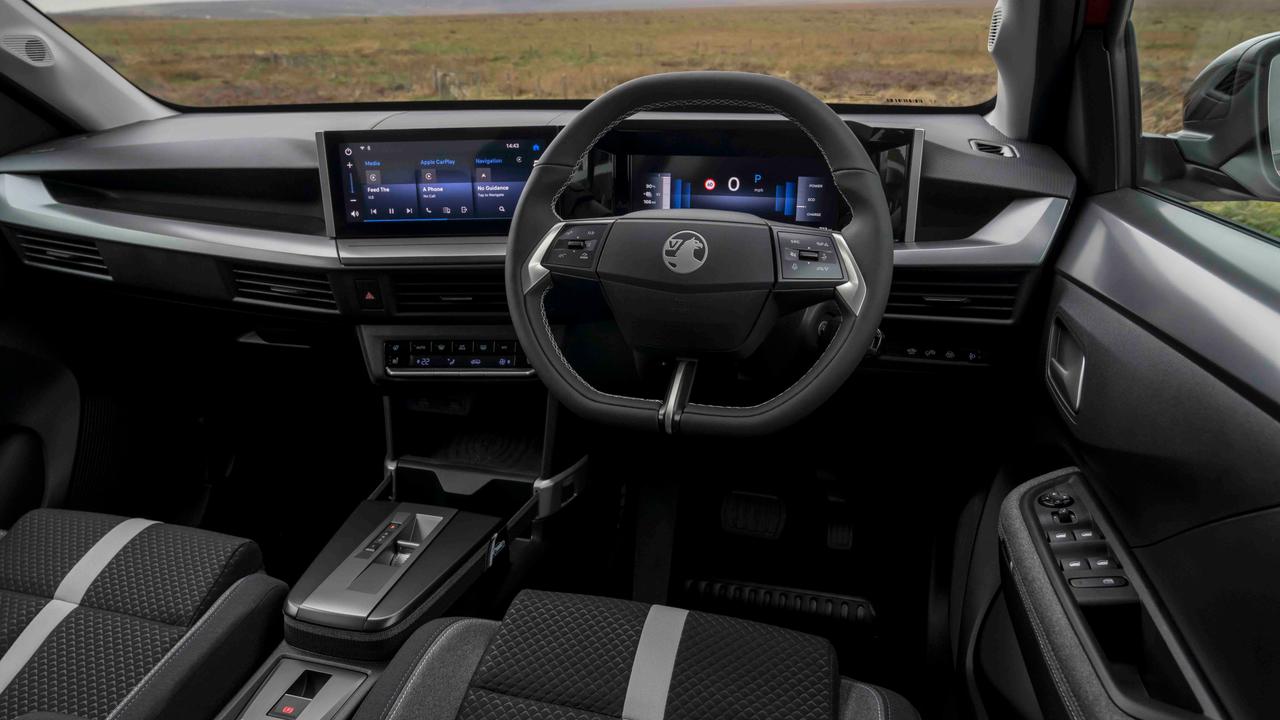
The Frontera’s interior manages to feel chunky and modern. The infotainment setup consists of two 10-inch screens – which come as standard – and they’re within a curved panel so everything faces towards the driver. Beneath, you get physical buttons for the heating and ventilation functions.
There aren’t any drive modes to mess around with, and almost no configurability to the digital driver’s display. It even starts with a proper key! Similarly, the infotainment is really basic – but in a good way. There’s a radio and media menu, a sat nav screen and phone connectivity. Impressively, wireless Apple CarPlay and Android Auto come as standard, as does wireless phone charging – although our phone got quite hot on the pad so charging was intermittent.
The touchscreen is enjoyable to use, because it’s clear to read and it generally responds well to your prodding.
Other standard equipment includes a reversing camera and rear parking sensors, LED headlights with high-beam assist, and air conditioning. Electric versions also get a ‘lounge mode’, which lets you use the infotainment and climate functions while the car is charging.
It’s roughly a £2,500 jump to GS trim, which adds 17-inch alloy wheels, front parking sensors, climate control, a leather-effect steering wheel (which is nice to hold), a black roof and Vauxhall’s patented IntelliSeats, which are designed to improve comfort. They were indeed pretty comfortable, but we didn’t get a chance to compare them to the church pews that are presumably fitted to the Design trim.
Top-spec Ultimate adds heated front seats, a heated steering wheel and a heated windscreen for £800.
So the equipment level is good, the cabin layout and screen menus are good, comfort is good, but it’s let down a little by the build quality. Catch your hand on the middle of the cupholders and you’ll nearly pull the trim piece clean off, the brushed silver trim across the dash flexes and creaks, and the textured dashboard trim seems to be held on with Pritt stick.
All the plastics in the cabin feel cheap and hollow, but this in itself is acceptable for the price of the car.
Practicality

It might sit on a platform designed for small cars, but the Frontera is roughly the same length as many family SUVs. The Frontera isn’t particularly wide, but it is tall and boxy, which maximises interior space.
Sure enough, headroom and legroom are both great in the five-seat model. It’s worth noting that the electric Frontera has a slightly higher floor in the back than the hybrid, which means an adult’s legs won’t be supported quite so well. Whichever engine you pick, the Frontera’s relative narrowness means it’ll be a squeeze to fit three adults across the rear bench.
The long rear doors open wide, so it’s easy to get child seats through the gap. We’d like the Isofix points to be a bit more easily accessible, but you’ll have no issue with them after the first couple of times. The big windows mean kids have a great view out – and they help with over-the-shoulder visibility for the driver, too.
Up front, you get big door bins and a useful shelf on the dash, which makes up for the annoying half-width glovebox and slim central storage.
There’s also a novel elastic strap around the centre console that’s designed to hold small or slim items – such as a packet of sweets or a tablet. However, in our experience, things fell out quite easily. And we wonder how it’ll look when the elastic starts to sag in a few years’ time.
On a similar note, the elastic strap section next to the cupholders doesn’t do an amazing job of keeping your drink still – so drive carefully if you’ve got a takeaway coffee on the go. Smaller cans or bottles will rattle around distractingly.
Further back, the door bins are smaller, but there are map pockets and useful stitched pockets for your phone. Four USB sockets (two front, two rear) come as standard, although rear-seat passengers miss out on air vents.
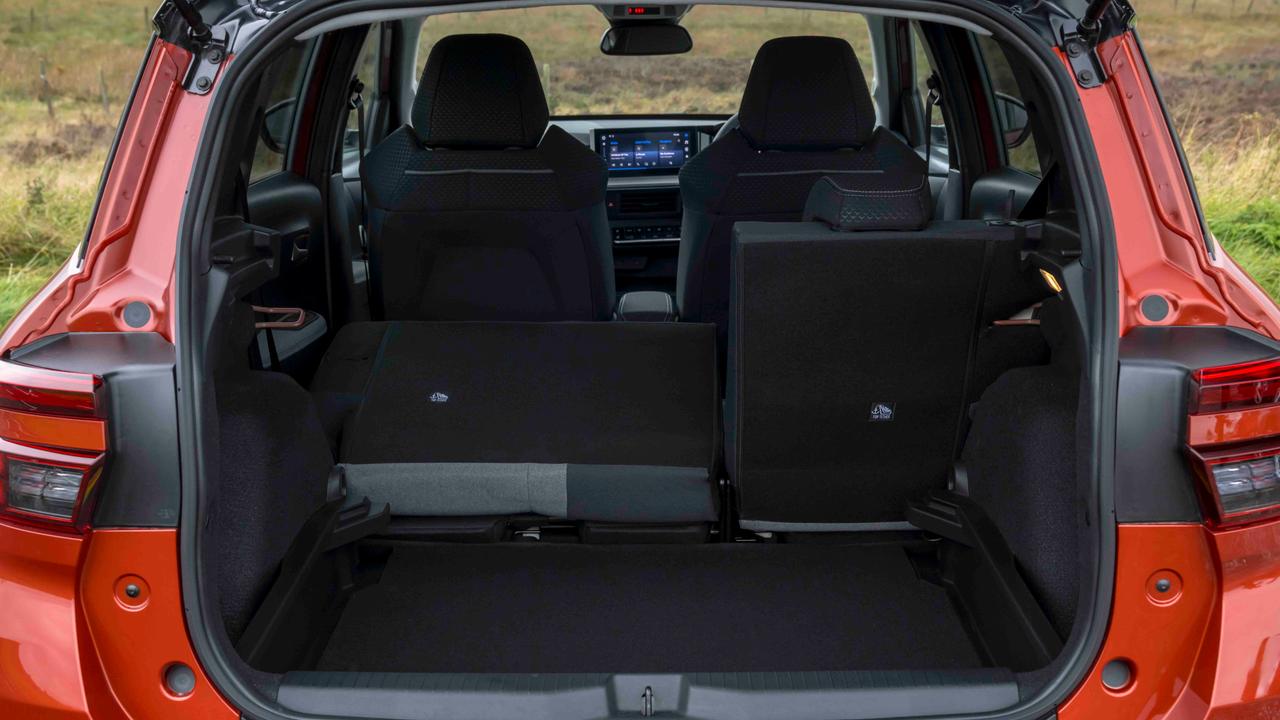
The boot measures 460 litres, which is somewhere between what you’d expect in a small SUV and a midsize one. For most daily uses, it should be plenty – there’s enough room for a travel system or several suitcases. A false floor is available on most models to get rid of the load lip and make loading easier – but you’ll spot that the height difference between the actual floor and the false floor is very large.
The loadspace isn’t quite a metre wide, but it is very tall, so Vauxhall says you can load big items like a washing machine with ease.
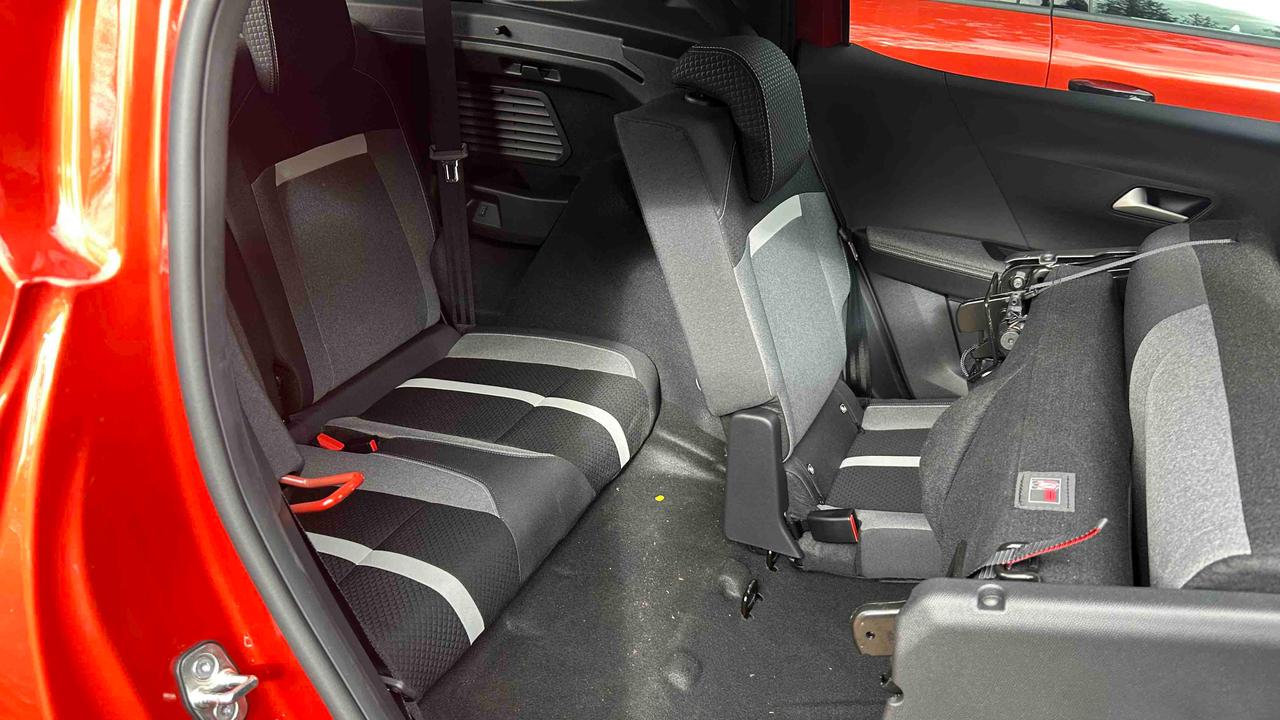
We mentioned that the Frontera is available as a seven-seater. It’s an option pack on GS and Ultimate trim levels (hybrid engine only), and the result is the most compact seven-seater on the market. That’s a bit like saying you’ve got the most compact rabbit hutch. It’s not exactly fit for purpose.
To create space for the third row, the second row has been shunted forwards so there’s a lot less legroom available. They don’t slide, so you’re stuck with the seats like that even if you never use the extra seats. To Vauxhall’s credit, access to the third row is surprisingly easy because the middle seats fold and tumble forwards. But footroom in the third row is minimal – an adult would have to sit in an uncomfortable skewed position taking up both seats.
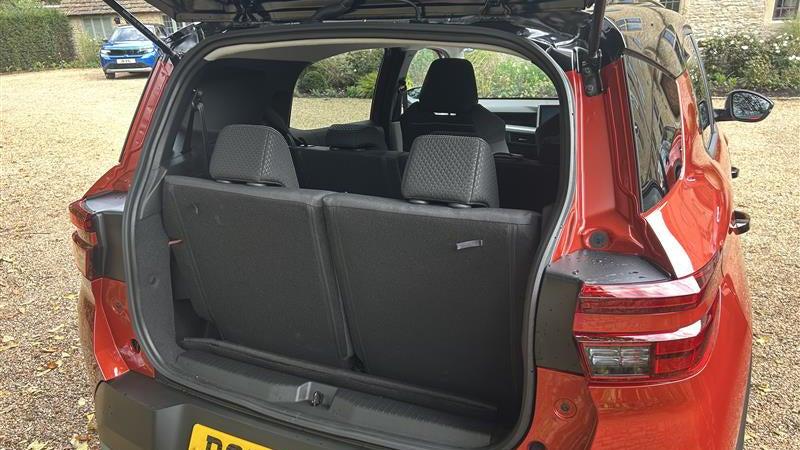
The boot space drops to 370 litres if you spec the seven seats, which drops to just 40 litres with all seats up. That’s probably enough for an umbrella, but nothing else. Given that Vauxhall reckons under 5% of Fronteras sold in the UK will have the seven seats, we’re not entirely sure why they’ve bothered to engineer it.
Let’s end this section on a high. If you spec the roof rails (standard on Ultimate, optional on Design with the white wheels), they’re rated to carry a substantial 240kg – so you can fit one of those trendy rooftop tents and camp on top of the Frontera without damaging it.
Engines and performance
Your choice is between a petrol mild-hybrid engine, or a fully electric powertrain. Interestingly, Vauxhall predicts 70% of Frontera sales will be electric. The Frontera was the first car in the UK to cost the same for petrol and electric models and, now, the electric one is even cheaper with the inclusion of the government’s EV grant.
To sweeten the deal further, electric Frontera customers get eight years’ roadside assistance (including charging assistance if you run out of juice). This is on the car, not the owner, so used Fronteras get the balance of the eight years of cover.
Two battery sizes are available. The entry-level 44kWh one enables a maximum range of 186 miles between charges – we saw a range estimate of somewhere between 100 and 140 miles on our test drive, and the range could be even lower in winter without a heat pump being fitted. It’s a chunky £3,500 upgrade to the 54kWh battery, which unlocks a best-case scenario of 250 miles. Our experience with the cars suggests that the Ford Puma Gen-E is significantly more efficient.
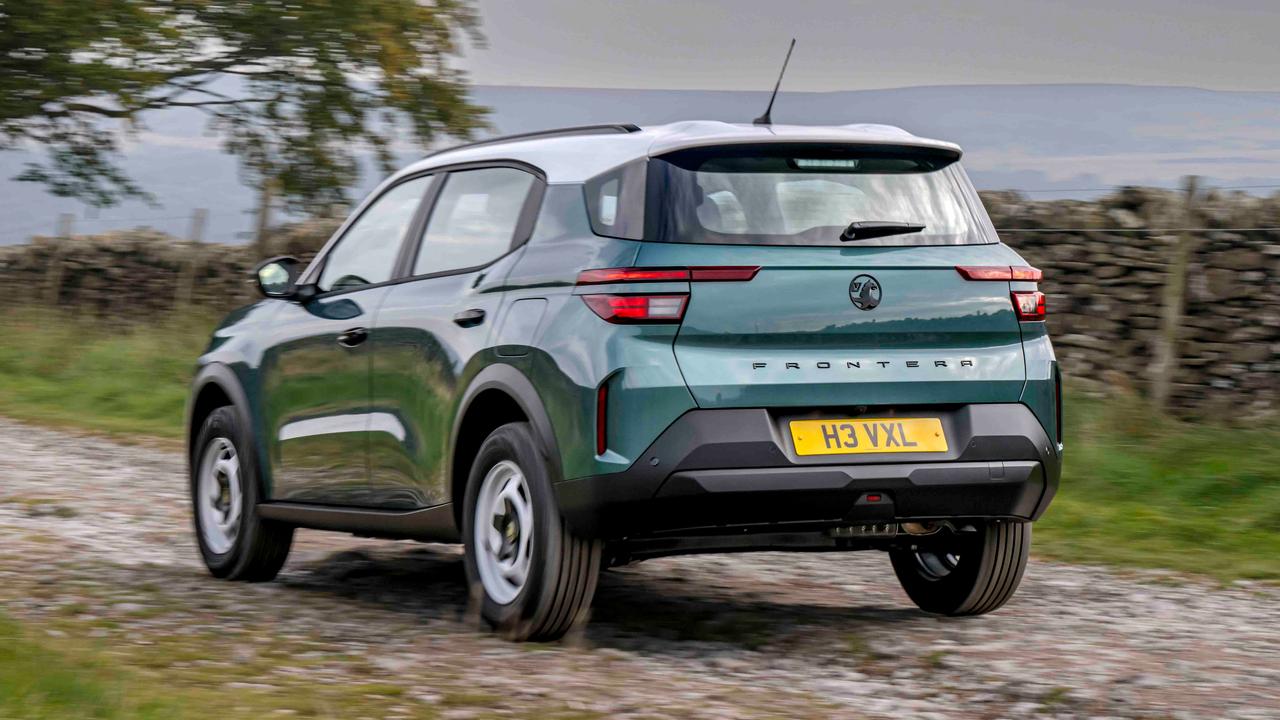
Incredibly, insurance costs are marginally cheaper for the electric models – although the entire lineup is in reasonable insurance groups (14-21, out of 50). Of course, the electric ones will be considerably cheaper to fill up – especially if you can charge at home. Part of Vauxhall’s offer for new buyers is a contribution towards a wallbox or public charging.
The insurance costs might be so low because of the electric Frontera’s relaxed performance. Both batteries are hooked up to a 113hp motor, and 0-62mph takes 13 seconds. And the car has been set up not to give you all the power instantly – you’ll often find yourself pressing the pedal all the way down on faster roads.
Alternatively, there’s the mild-hybrid petrol engine. The 0-62mph sprint takes 11 seconds for the 110hp version, and a positively nippy nine seconds for the 145hp version. We like how often the system manages to run on electric power, and around town the engine is very unstressed thanks to the hybrid assistance. Whichever power output you pick, you can expect fuel economy of up to 54mpg.
Driving and comfort
The first thing you notice is the small steering wheel, and how light it is. You think your hands will slip off it at low speeds, because it really is featherweight. At speed, the steering is still fairly light, and you get the feeling that what you’re doing with the steering wheel isn’t quite being matched by the wheels. In fact, you haven’t really got much idea what the wheels are doing, because it all feels quite disconnected.
In the electric Frontera, the steering feels less hyperactive, and the extra weight helps the car feel a little more planted overall.
On both, the brakes feel quite soft underfoot, and there’s no real one-pedal mode on the EV.
There’s a fair bit of noise on the move, especially at higher speeds. You really notice that Vauxhall hasn’t fitted much sound deadening to save costs. It’s particularly clear in the electric one, because there’s no engine to cover up the wind, tyre and road noises.

The engine noise is welcome. We like the three-cylinder engine’s buzzy, throaty sound. It sounds enthusiastic and tuneful rather than coarse and grumbly.
Over bumps, you hear impacts more than you feel them. The clunking noises sound unsophisticated, and sudden jolts are felt sharply in the cabin, but otherwise the suspension does a good job of filtering out rubbish surfaces. The damping is impressive – the Frontera doesn’t bounce around after you hit a bump. You can get into a nice rhythm on a flowing road. Modestly sized wheels and deep sidewalls really help here, too.
All the safety equipment you'd expect comes as standard. That includes automatic emergency braking, lane keep assist, speed sign recognition and a driver tiredness monitor. We're really pleased to see that you can turn off the lane-keep and speed assistance with one long press of a button near the steering wheel.












































